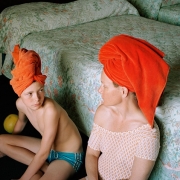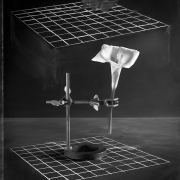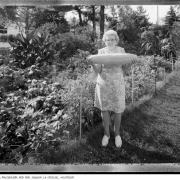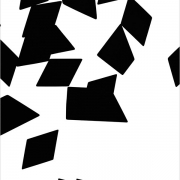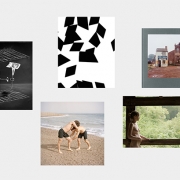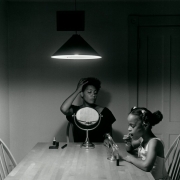Artists On The Light Work Experience: Susan Worsham
This is the fourth piece of our multi-part blog installment featuring a photographic artist, and previous Light Work Artist-In-Residence. This week we hear from Susan Worsham. The statement that follows is Worsham’s answer to our questions, folded together into a series of captivating memories.
I remember showing executive Director Jefferey Hoone and some of the Light Work staff pictures that I had made around Syracuse during my residency. Someone said and everyone agreed that I had made Syracuse look like the south. That was an eye opener for me, and I realized from that experience that I bring “home” with me wherever I go and it is in every portrait and picture that I make. That simple observation opened up a bigger world for me in my head. That I could make work anywhere.
Light Work has now become like a second Home to me and with that comes all of the support that a family brings. It is now a part of my history and is intertwined with my roots as a growing artist. In turn I am a part of Light Work’s long history of supporting artists, one that does not stop once the month long residency is over.
I remember my first night in the artist’s apartment was spent staying up late with a large stack of Light Work’s publication Contact Sheet all over the bed, reading about all of the artists that had come before me.
Just two years after my residency I now hold Contact Sheet number 168 in my hands. An exhibition catalog of my own that not only holds my work, but my personal story as well. To accompany this catalog Light Work gave me my first solo show in the same gallery that as a visiting artist I walked by everyday and wondered what my work would look like on it’s walls.
The recorded voice of my oldest neighbor from my childhood street greeted me through speakers in the gallery’s ceiling making the exhibit more than just a collection of photographs, but again a home away from home.
Just three months later it was because of Light Work that I had my first solo show in my hometown at Candela Books + Gallery. In attendance were neighbors from my childhood street telling me how proud my mother would have been. Many were holding my Light Work Contact Sheet as they looked at the work on the walls. The work that was printed at Light Work.
This summer I had a room in The Ogden Museum of Southern Art filled with my work and again I traveled to Light Work where they helped me print the photographs.
I try to get back once a year to make work in Syracuse and visit my friends at Light Work. Many of the accomplishments that I have made in my career would not have been possible without their support.
Susan Worsham was born in Richmond, Virginia. She took her first photography class while studying graphic design in college. In 2009 Susan was nominated for the Santa Fe Prize For Photography, and her book “Some Fox Trails In Virginia” won first runner up in the fine art category of the Blurb Photography Book Now International Competition. In 2010 Susan was awarded the first TMC / Kodak Film Grant, and was an artist in residence at Light Work in Syracuse, New York. Her work is held in private collections, and has been exhibited at the Corcoran Museum during FotoWeek D.C, The Photographic Center Northwest, Dean Jensen Gallery, and most recently at the Danville Museum in Virginia. Susan was named one of PDN’s 30 Emerging Photographers To Watch in 2011.
—
Find a signed limited-edition print by Susan Worsham for sale in the Light Work Shop.
Stay tuned for next week’s feature, with Lucas Foglia.

